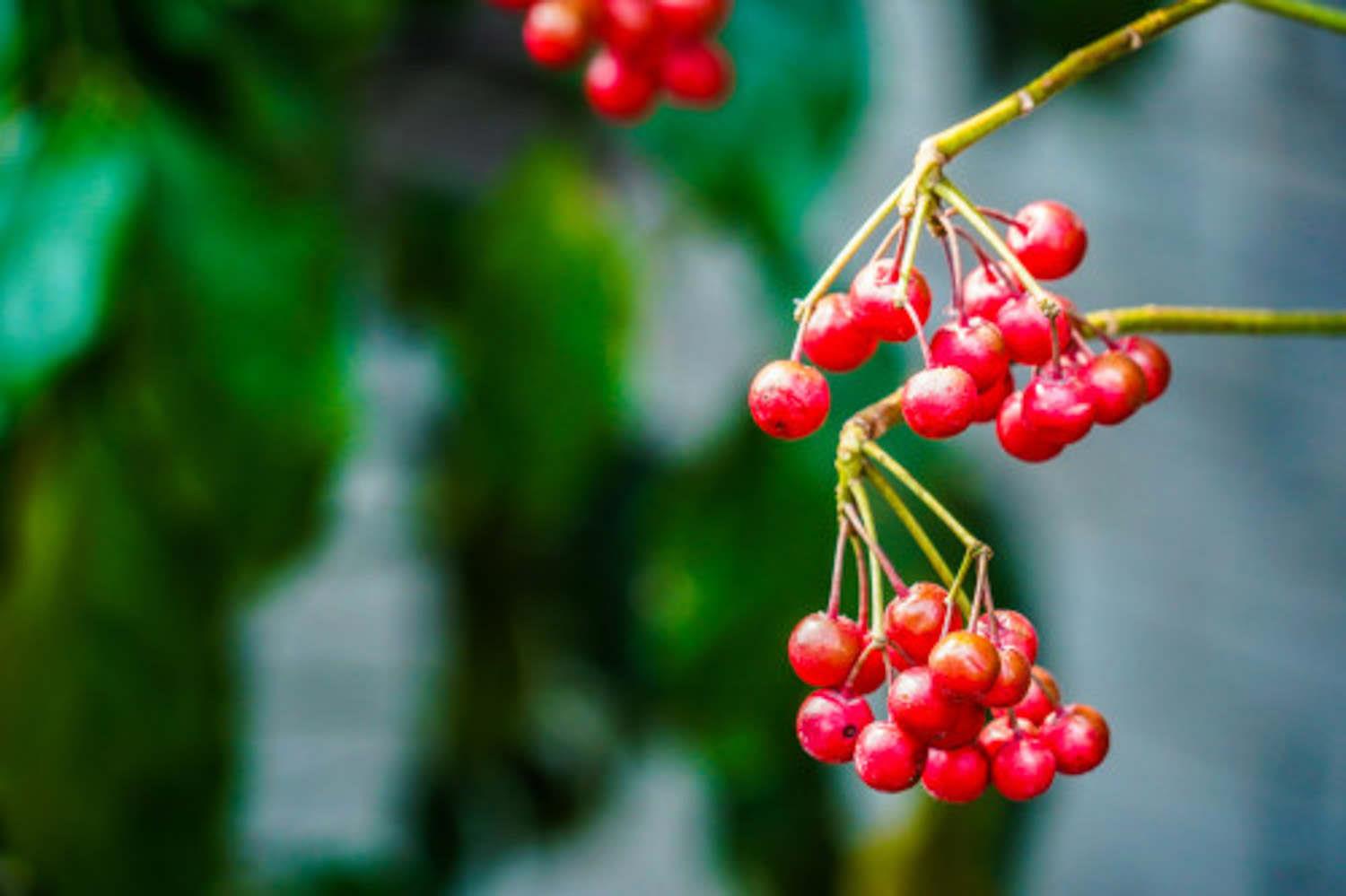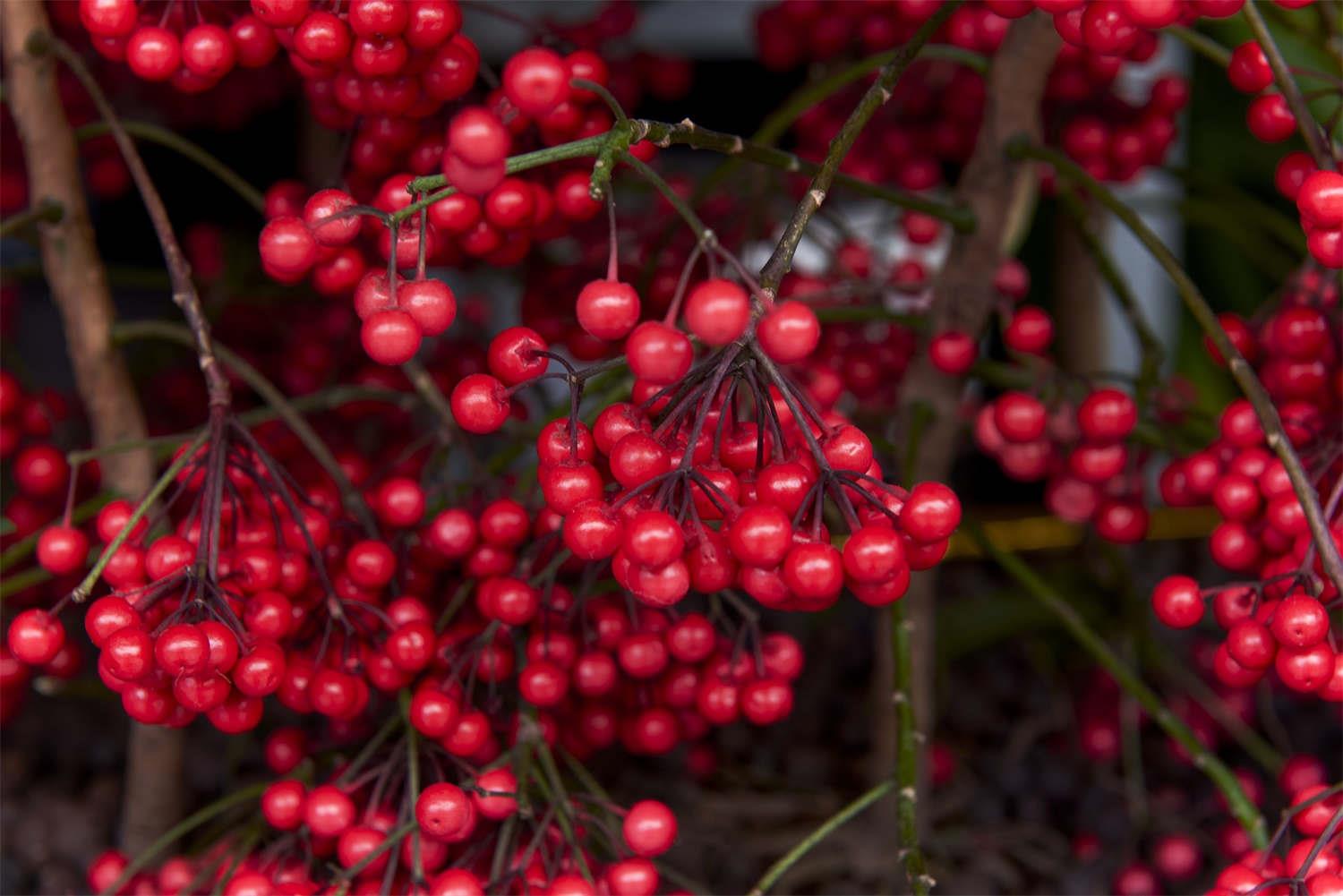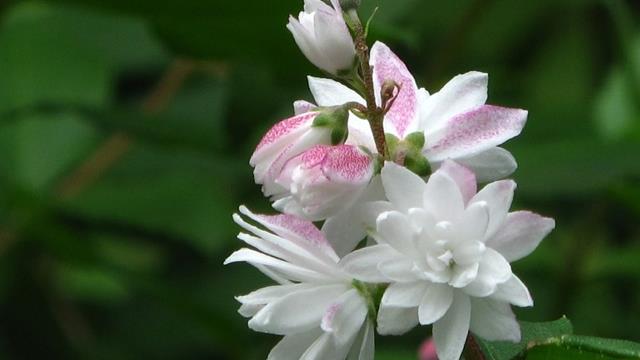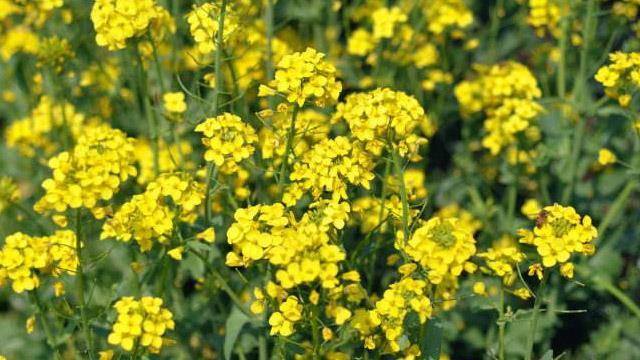How to grow cinnabar roots
Last Update :2024.11.04
Article Catalog
To raise cinnabar roots, you should give it a growing environment of 16℃~28℃, and the overwintering temperature should not be lower than 5℃. Let it receive bright scattered light and avoid direct sunlight. There should be sufficient water during the growth period, and the amount of watering should be controlled in winter and more nitrogen fertilizer should be applied at this time. Fertilization should be stopped after winter. Also, prune regularly and repot every spring.

Breeding environment
Cultivation environment
Temperature
Cinnabar root likes a warm growth environment, and the suitable temperature for growth is between 16℃~28℃. It is not very cold-tolerant, so the overwintering temperature cannot be lower than 5℃. Moreover, cinnabar roots are not heat-resistant and will grow slowly when the temperature is higher than 32°C in summer. Therefore, when cultivating cinnabar roots, heat preservation measures should be taken in winter, and shade should be paid attention to in summer, spraying water on the plants, and increasing ventilation to reduce the temperature of the growing environment.
Light
Cinnabar root likes a semi-shady environment and needs bright scattered light to avoid direct sunlight. Generally speaking, cinnabar roots need to be exposed to sufficient light, but when the sun is too strong, you should pay attention to shading. In winter, you should pay attention to allowing cinnabar roots to be exposed to more sunlight to avoid fruit drop.
Water
Cinnabar roots are suitable for growing in humid or semi-dry environments. Avoid drought and stagnant water. The air humidity of the growing environment is required to be between 50% and 70%. During the growth period of cinnabar roots, watering should be sufficient to keep the pot soil moist, but not too much water, otherwise the accumulated water in the pot will cause cinnabar roots to grow. Root rot. In winter, watering should be controlled and the pot soil should not be too wet.
Fertilization
In order for cinnabar roots to grow well and produce beautiful fruits, fertilizer is indispensable. During the growth period, you can apply more nitrogen fertilizer to promote the growth of branches and leaves. Before flowering, you can apply some phosphorus fertilizer and potassium fertilizer to promote flowering and fruiting. Note that after winter, fertilization should be stopped.

Notes
Pruning
Cinnabar roots have high ornamental value and need to be pruned frequently to form a plump plant shape.
Repotting
As the plant grows, the old pot will inevitably affect the further development of the cinnabar roots. You can change the pot every spring and replace it with new culture soil.
Pests and diseases control
Common pests and diseases of cinnabar roots include stem rot, root rot, blight, leaf spot, root-knot nematodes, scale insects, aphids, and armyworms.

Precautions
- END -
The difference between cypress and mountain plum blossoms

Leaves: The leaves of eucalyptus are oval to ovate-lanceolate; while the leaves of...
How to distinguish between potherbium and bitter chrysanthemum

Leaf differences: The leaves of Pseudomonas aeruginosa are basal and oblance-shape...